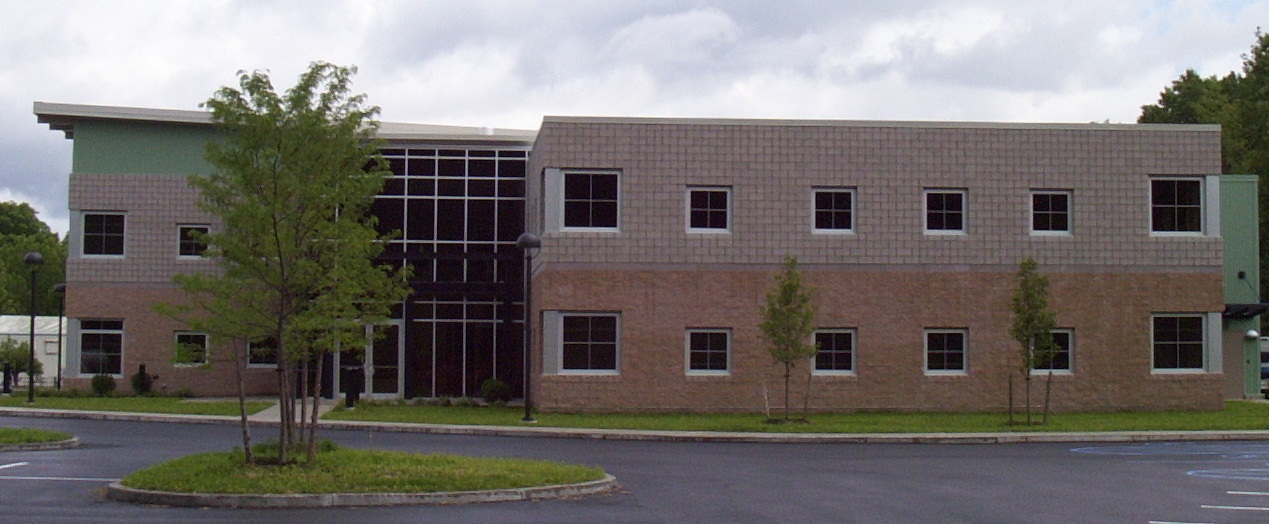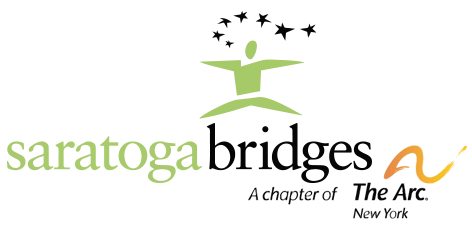
We moved into our Silver Level LEED Certified Administrative Building in July of 2009.
Purpose
Saratoga Bridges is committed to a sustainability culture! We believe it is important to educate staff members on the effect on our lives directly or indirectly, to develop, broaden, and deepen our connection to the local community, to enhance our ability to function as a socially and an environmentally responsible corporate citizen, to increase our emphasis on responsible planning for sustainable operation and to continue efforts to reduce the agency’s ‘environmental footprint’.
Since actions speak louder than words, when our senior staff began developing plans for a new administrative building, they wanted to construct a GREEN facility. We designed and built a building that obtained the Silver level Leadership in Energy and Environmental Design (LEED) Green Building Certification. This internationally recognized system is aimed at improving performance across all these metrics: energy savings, water efficiency, CO2 emissions reductions, improved indoor environmental quality, stewardship of resources and sensitivity to their impacts. To be a LEED Certified Green Building means that it is designed to have the lowest impact on the environment; using systems for sustainable (saving) global efficiencies and resulting in a “positive impact on human health and the environment.” LEED was established by the US Green Building Council as a rating system to have immediate and measurable impact on a building’s performance.
Some of the most outstanding features of our Headquarters are:
Geothermal Heating and Air Conditioning System which is uses underground wells that circulate water to warm and cool the building. It is a cleaner, more efficient, reduces dependency on natural gas and saves on utility bills.
Energy Efficiency that optimizes energy performance through the use of high efficiency windows, doors and insulating materials and a 100% reflective roofing system.
Indoor Environment to include increased ventilation, low-emitting adhesives, sealants, paints, coatings, composite wood, and agrifiber products and 75% daylight views in indoor spaces.
Construction that limited pollution, prevented against erosion and sedimentation, used water efficient landscaping, utilized regional materials and Forest Stewardship Council wood materials.
Additional Features to include storage and collection of recyclables, the use of alternative and low impact transportation, preferred parking spaces and showers available for bicycle commuters.
